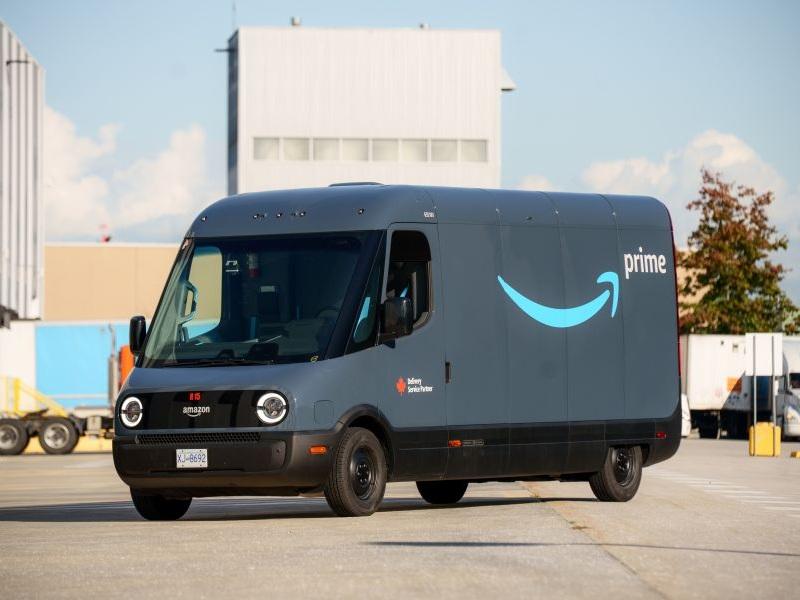
Sustainability and the environment are on the minds of many companies, and the financial sector has swooped in with a range of offerings to meet this demand.
Amid an ever-expanding set of "green" or sustainable financial instruments, sustainability-linked derivatives (SLDs) are gaining in profile. Rather than, say, a green bond or a carbon credit, SLDs tie the derivate’s performance to how well an entity keeps to its ESG key performance indexes (KPIs). Rather than create proceeds to fund a sustainable project, the SLD incentivizes adhering to ESG KPIs.
According to the International Swaps and Derivatives Association (ISDA) in Sustainability-linked Derivatives: Where to Begin?, SLDs are a new addition to the market. The first SLD was traded in August 2019 between SBM Offshore and ING to hedge the interest rate risk of SBM’s $1 billion, five-year floating rate revolving credit facility.
In Canada, Bell announced it entered its first SLD in late May, becoming one of the first Canadian companies to publicize trading such a derivative.
What is a sustainability-linked derivative?
A sustainability-linked derivative is described as “an ESG overlay added to a conventional derivative such as an interest rate or cross-currency swap,” by the ISDA.
The overlay usually takes the form of an “ESG target that is applied to one or both counter-parties, measured using KPIs that monitor performance against particular ESG metrics such as levels of greenhouse gas emissions or gender diversity in a workforce.”
There is a great deal of flexibility with a sustainability-linked derivative as there is no universal template.
This ESG overlay can take the form of an adjustment to cashflows depending on whether the ESG target is met, which means a counter-party pays more if it fails to meet the target and pays less if it meets the target. There is also the inclusion of an obligation for the buy-side counter-party to make a charitable donation to a sustainable project if the entity does not meet its ESG target.
Bell’s SLD
Telecom firm Bell Canada's first SLD was launched with a release saying it will be tied to its Science Based Targets initiative of reducing operational greenhouse gas emissions by 58 per cent by 2030.
Bell did not disclose the size of the SLD.
The operational emissions target will be set as Bell’s Sustainability Performance Target (SPT) for the sustainability-linked derivative, tying its performance to the financial cost. The SPT will be measured in 2030.
Scotiabank and TD Securities acted as lead sustainability structuring advisors and swap arrangers for the transaction. BMO Capital Markets was sustainability advisor, and CIBC Capital Markets, Desjardins Securities, National Bank Financial Markets, RBC Capital Markets and Wells Fargo were sustainability swap providers.
Bell has made other sustainable finance moves, such as BCE's Sustainable Financing Framework, a $500-million sustainability bond and converting $3.5 billion committed credit facilities to a sustainability-linked loan in November 2022.
Bell declined to provide any further details when contacted by SustainableBiz.
Why choose SLDs?
There are an array of reasons why firms and investors would be interested in SLDs.
ISDA says a buy-side counter-party would be enticed because environmental issues are becoming a key focus for corporations, so SLDs can keep them accountable with a financial incentive to meeting their ESG KPIs.
Sustainability-linked derivatives can also be a good first step to companies looking to add ESG features to their transactions, obtain feedback on their ESG strategies, and offer a potentially preferable rate to business-as-usual transactions if ESG targets are met.
On the sell-side, SLDs are a “a relatively straightforward way to increase ESG market profile by building an ESG overlay into a derivative product that may already be offered,” ISDA writes, while also supporting a counter-party’s ESG targets. Sell-side counter-parties may also face further pressure to offer SLDs due to rising competition.
The risks of SLDs
Like most sustainable finance instruments, SLDs have raised concerns. A key worry is their potential to be used for greenwashing.
As a solution, ISDA lists remedies such as jurisdictions preventing mislabelling, ensuring the ESG key performance indicators are relevant and ambitious, and that the KPIs be monitored rigorously with independent verifiers.
Industry figures quoted by the International Financing Review stressed the need for concrete standards and best practices.










